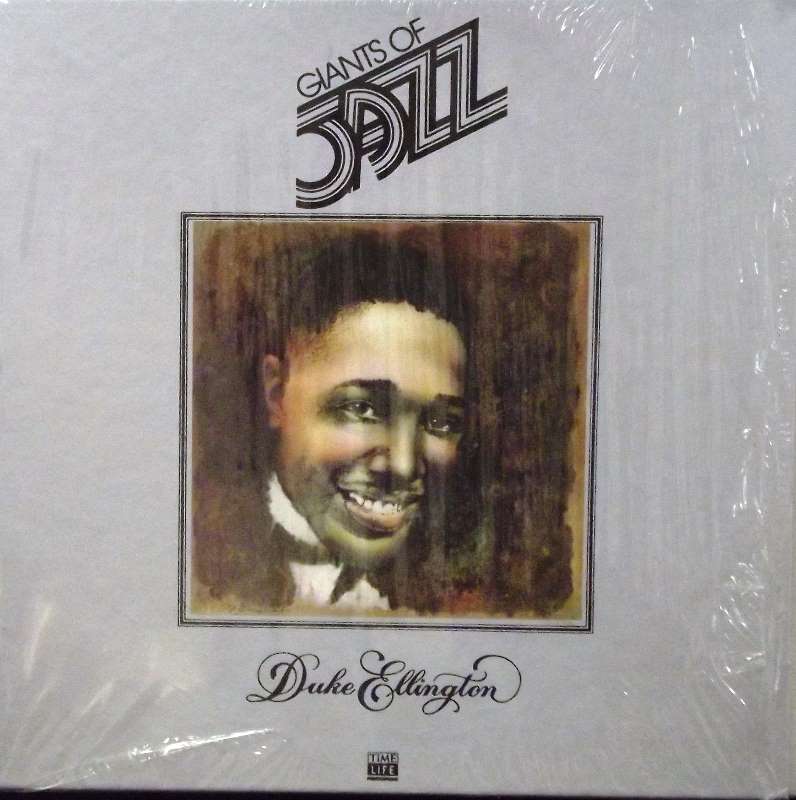
| Product Code: | STL J04 |
| Artist: | Bix Beiderbecke |
| Origin: | USA |
| Label: | Time Life (1979) |
| Format: | Box Set 3 X LP |
| Availability: | Enquire Now |
| Condition: |
Cover: M
Record: M
|
| Genre: | Jazz N |
Sealed brand new. Never opened or played a great find.
Leon Bismark "Bix" Beiderbecke (March 10, 1903 – August 6, 1931) was an American jazz cornetist, pianist, and composer.
With Louis Armstrong and Muggsy Spanier, Beiderbecke was one of the most influential jazz soloists of the 1920s. His turns on "Singin' the Blues" and "I'm Coming, Virginia" (both 1927), in particular, demonstrated an unusual purity of tone and a gift for improvisation. With these two recordings, especially, he helped to invent the jazz ballad style and hinted at what, in the 1950s, would become cool jazz. "In a Mist" (1927), one of a handful of his piano compositions and one of only two he recorded, mixed classical (Impressionist) influences with jazz syncopation.
A native of Davenport, Iowa, Beiderbecke taught himself to play cornet largely by ear, leading him to adopt a non-standard fingering some critics have connected to his original sound. He first recorded with Midwestern jazz ensembles, The Wolverines and The Bucktown Five[1][2] in 1924, after which he played briefly for the Detroit-based Jean Goldkette Orchestra before joining Frankie "Tram" Trumbauer for an extended gig at the Arcadia Ballroom in St. Louis. Beiderbecke and Trumbauer joined Goldkette in 1926. The band toured widely and famously played a set opposite Fletcher Henderson at the Roseland Ballroom in New York City in October 1926. He made his greatest recordings in 1927 (see above). In 1928, Trumbauer and Beiderbecke left Detroit to join the best-known dance orchestra in the country: the New-York-based Paul Whiteman Orchestra.
Beiderbecke's most influential recordings date from his time with Goldkette and Whiteman, although they were generally recorded under his own name or Trumbauer's. The Whiteman period also marked a precipitous decline in Beiderbecke's health, brought on by the demand of the bandleader's relentless touring and recording schedule in combination with Beiderbecke's persistent alcoholism. A few stints in rehabilitation centers, as well as the support of Whiteman and the Beiderbecke family in Davenport, did not check Beiderbecke's decline in health. He left the Whiteman band in 1930 and the following summer died in his Queens apartment at the age of 28.[3]
His death, in turn, gave rise to one of the original legends of jazz.[4] In magazine articles,[5] musicians' memoirs,[6] novels,[7] and Hollywood films,[8] Beiderbecke has been reincarnated as a Romantic hero, the "Young Man with a Horn". His life has been portrayed as a battle against such common obstacles to art as family and commerce, while his death has been seen as a martyrdom for the sake of art. Beiderbecke remains the subject of scholarly controversy regarding his true name, the cause of his death, and the importance of his contributions to jazz.